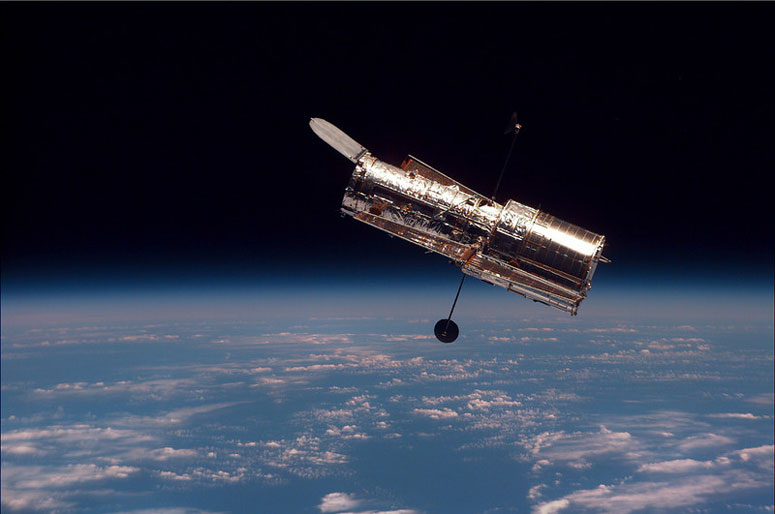Initially, NASA thought that the Hubble Space Telescope would probe the universe for just 15 years. However, the telescope exceeded this expectation and went on to serve for more than 30 years. Following its insights into the cosmos, the Hubble Space Telescope had changed intricate parts of the astronomy field. NASA hopes to achieve more with its successor, the Webb Space Telescope.

There are a couple of differences between the two, including size, range, price, and orbit. When it comes to price, the Hubble Space Telescope cost $4.7 billion while its successor cost $10 billion. Matters of price aside, the Webb Space Telescope is expected to orbit 932,000 miles away from planet earth. On the other hand, the Hubble orbits just 354 miles above the earth. There is a considerable difference when it comes to the size of these two.
The Hubble Space Telescope is the size of a large tractor with 13.2 meters in length and 4.2 meters in width. On the other hand, the Webb will be the largest space telescope yet. It is 22 meters by 12 meters. In terms of range, the Hubble sees between 10 and 15 billion light-years. The Webb Space Telescope is projected to see 13 billion light-years. All factors considered might help to understand the true meaning of this range.
First, it is essential to note that one light-year is similar to 5,878,625,370,000 miles. This is the same as the earth taking 10066 trips around the sun. It is 1.6 million times the entire Sahara Desert area. This would also be equivalent to 12.3 million trips around the million. The distance would be equal to 224.4 billion marathons and 101.1 billion around the longest subway, the Seoul network. The Hubble launch marked a significant milestone for the astronomical field.
Being a part of this launch was one of the most crucial moments of Dr. Steven Hawley’s personal and professional life. Besides being an engineering physicist, he is an astronomy professor at Kansas University. In an interview to online casino Betway, Dr. Hawley explained his Hubble mission. He went further to explain the details and challenges of the journey. Dr. Hawley explained how weightlessness caused physiological reactions such as nausea. Though he never experienced nausea, the astronomer did battle with a headache and backache.
The team responsible for the placement of the Hubble Space Telescope would plan for these reactions in-flight. They would time how long they would be on the ground. To factor in their weightlessness, they would add fifty percent. The distraction of earth’s view from outer space also got in the way of their mission. However, the first thing that impressed Dr. Hawley was the realism of the training software provided by NASA.
Endnote
After his initial launch, his first reaction was amusement over the accuracy of the simulation. At the time, the earth was rather cloudy, a sight that surprised Dr. Hawley. During his mission, he could tell apart different landmasses based on their terrain and coloring. That way, he could tell where he was above the earth.


Comment Policy
Your words are your own, so be nice and helpful if you can. Please, only use your REAL NAME, not your business name or keywords. Using business name or keywords instead of your real name will lead to the comment being deleted. Anonymous commenting is not allowed either. Limit the amount of links submitted in your comment. We accept clean XHTML in comments, but don't overdo it please. You can wrap code in [lang-name][/lang-name] tags.